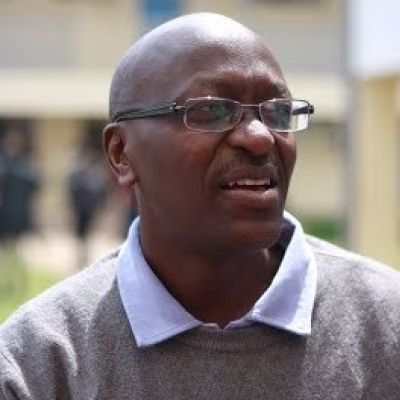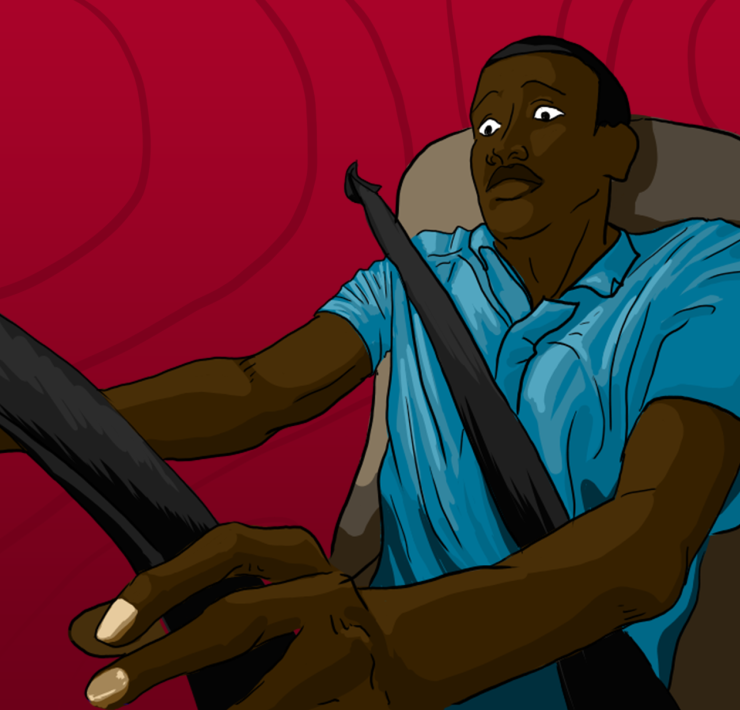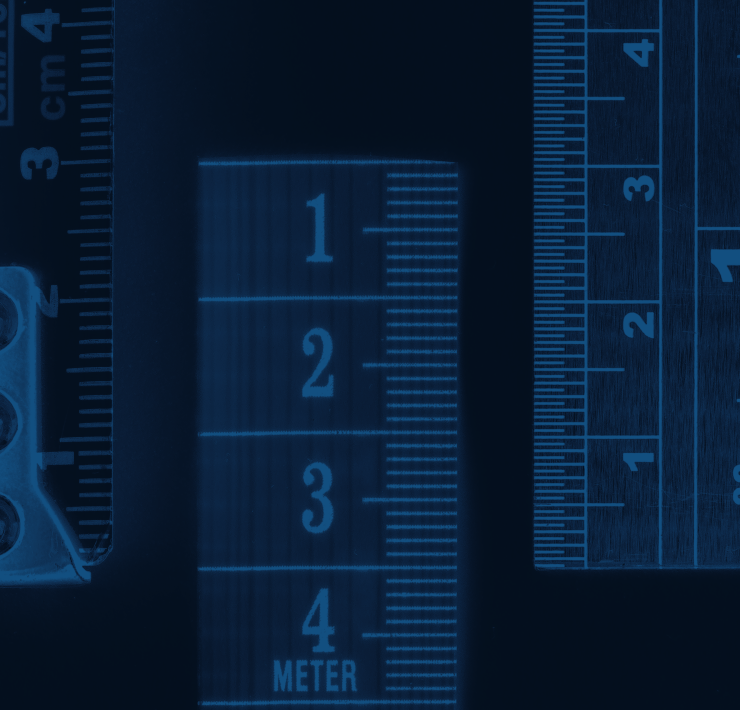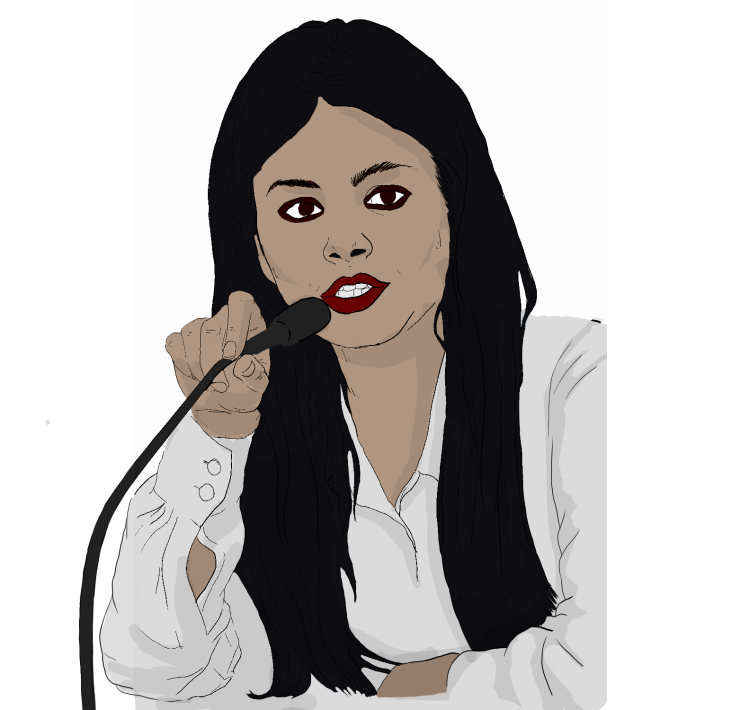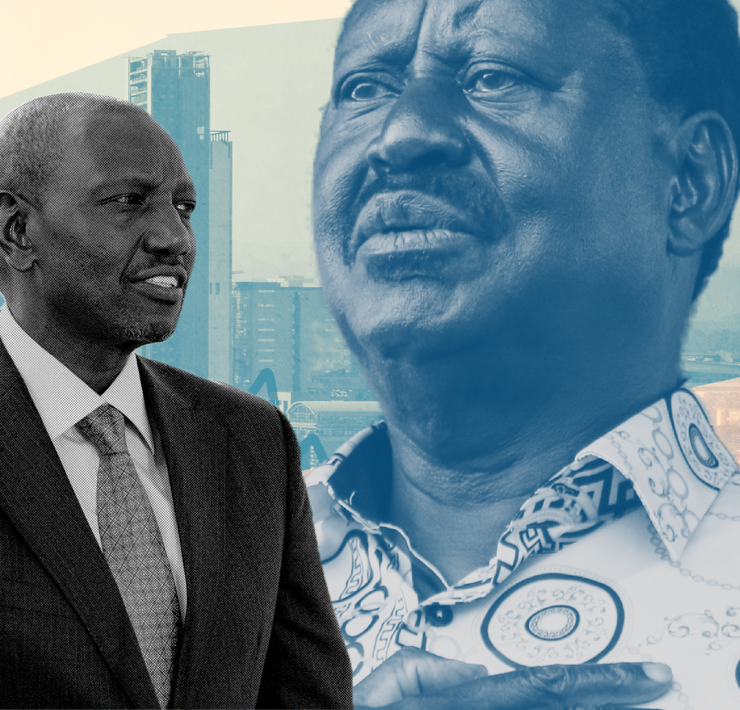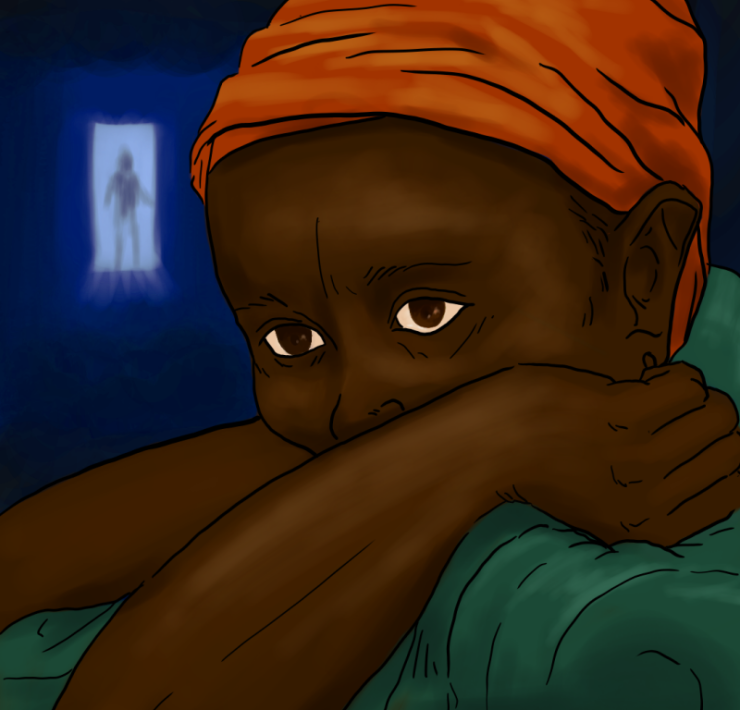This month marks 33 years since Nelson Mandela walked out of prison to breathe the fresh air of freedom after 27 years of incarceration by South Africa’s apartheid racist minority regime. Mandela’s release marked a critical milestone in the dismantling of apartheid and the advent of majority rule, which would culminate in Black South Africans being able to vote in democratic elections for the first time in 1994.
This anniversary should not pass unnoticed (Mandela was released on 11 February 1990), and so I decided to pen a few thoughts about this son of Africa. But then I wondered, what does one write about so great a figure, arguably the most influential political leader of his generation? What does one say that has not already been said? Still, I decided to follow the example of the gospel writers who, having read previous gospels, were not deterred from giving their own account of what they had seen and heard.
Mandela The Myth
Nelson Mandela was one of the leaders of the struggle for freedom in South Africa under the banner of the African National Congress (ANC). He was arrested in 1962 and was prosecuted, with eight others, for sabotage and conspiracy to overthrow the government through violent means. He was sentenced to life imprisonment and banished to Robben Island off the Coast of Cape Town.
In an effort to minimize his influence and reduce his stature, the apartheid government restricted visits to him and banned any publication of his photograph. However, this would have the opposite effect, as Mandela became a revered, mythical, even godlike figure in the imaginations of those who came of age in the years and decades following his imprisonment.
In the absence of any photographs of him, he could become all things to all people and it is not surprising that while millions of Black South Africans, both within the country and from exile fought the regime, Mandela eventually became the symbol of the struggle and a global icon around whom a major international campaign for the dismantling of apartheid revolved.
Mandela The Man
Such was the compelling evolution of Mandela The Myth that during his first speech on the day of his release, he had to caution his people with the hope of managing their expectations, saying, “I stand here before you not as a prophet but as a humble servant of you, the people.”
Alas, The Myth was in the process of putting on flesh and defining himself and his role in the difficult days that lay ahead as the liberation movement negotiated with the racist regime on how to dismantle apartheid. In this role, Mandela acquitted himself admirably, working with people from all walks of the liberation movement to midwife a new democratic South Africa. In the course of the negotiations, Mandela The Man was in full view, both his strengths as a shrewd negotiator and authoritative leader of his people, but also his weaknesses as a person who could lose his temper as he famously did on several occasions.
Mandela The Man also came to the fore when he struggled very publicly with whether to stand by his wife, Winnie Madikizela Mandela – a formidable freedom fighter in her own right – or let her go when she was accused of involvement in the torture and eventual murder of a fourteen-year-old child activist, Stompie Seipei. Although Winnie maintained she was innocent, Mandela made the painful decision to separate from her while maintaining, “My love for her remains undiminished.”
The separation and eventual divorce from Winnie was a reminder that Mandela, despite his achievements, was all too human, his private life far from perfect. He would end up having three marriages, having divorced his first wife Evelyn Mase before he met and married Winnie, and then marrying Graca Machel in his twilight years.
Granted, Mandela’s family must have suffered from the long absence of their incarcerated father. Mandela’s son (with Evelyn) Thembekile died from a road accident while his father was in prison, a situation made worse by the apartheid government denying Mandela permission to go and bury him. Then, Mandela’s eldest son (with Evelyn) Makgatho would die of HIV/AIDS in 2005. Add the trials and tribulations endured by his wife Winnie and her two daughters Zenani and Zindzi, and you start having an understanding as to why there was always the guilt of the father not having been present for his children.
The life of Mandela The Man is thus an object lesson for us on the importance of understanding that like all of us, our heroes are complex flesh and blood human beings with their own share of private struggles.
Mandela The Legend
Almost a decade since Nelson Mandela died on 5 December 2013, we are in a good place to pause and ask ourselves, what is his legacy? There are those who look at South Africa today with its seemingly intractable inequality between its poor Black people and comparatively rich white citizens, and say glibly, “Nelson Mandela was a sellout; he let the whites keep all the wealth.”
While it is true that much work remains to be done, how quickly we forget where South Africa was when Mandela walked out of those prison gates 33 years ago! Many people predicted that the country would quickly be consumed by a bloody race war, and it very nearly did. But thanks to Mandela’s cautious but firm stewardship of the negotiation process, the transition to democracy went relatively smoothly and the country adopted a great constitution that remains a solid foundation upon which future generations can continue to build a free democratic society based on human dignity, equality and freedom.
Knowing how fragile the new South Africa was, Mandela chose to invest his considerable moral capital on promoting reconciliation, education, the rights of women and children, and the war against HIV/AIDS.
By stepping down after serving only one term, Mandela also showed both his country and the rest of Africa that it is possible for a statesman, even one who had sacrificed so much for the freedom of his people, to know when to hand over the baton to the next generation.
Franz Fanon wrote, “Each generation must, out of relative obscurity, discover its mission, fulfill it or betray it.” Mandela and his colleagues clearly identified the mission of their generation – the dismantling of apartheid – and fulfilled it.
As we mark 33 years since he took those memorable first steps to freedom in Cape Town, it now behooves us to identify the mission of our own generation and having done so, to follow the inspiration and example of Nelson Mandela in order to fulfill it.
Author
-

Njonjo Mue is a Rhodes Scholar, human rights lawyer and transitional justice expert based in Nairobi, Kenya. He has held senior positions with leading national and international human rights organisations, including serving as Legal Advisor to the Africa Programme (and was Head of the Africa Regional Office) of the Freedom of Expression Watchdog ARTICLE 19; being Regional Director for PANOS Eastern Africa; working as the Head of Advocacy at the Kenya National Commission on Human Rights; serving as Africa Deputy Director for the International Center for Transitional Justice; and being a Senior Advisor to Kenyans for Peace with Truth and Justice, a coalition of over thirty human rights organisations established in the wake of the 2008 Post-Election violence to pursue truth and justice for PEV victims and advocate for a fundamental reform of the Kenyan State to address the root causes of political instability. Additionally, Njonjo has sat on the boards of several leading organisations including chairing the Governing Council of the Kenya Section of the International Commission of Jurists (ICJ–Kenya) and chairing the board of the International Institute of Legislative Affairs. He has won several awards for his human rights work, including being named Jurist of the Year by ICJ–Kenya in 2000 for his “unparalleled courage, determination for the preservation and restoration of human dignity, and realisation of the tenets of democracy and the rule of law.” Njonjo also holds an MA degree in Theology from the International Leadership University.
Njonjo Mue is a Rhodes Scholar, human rights lawyer and transitional justice expert based in Nairobi, Kenya. He has held senior positions with leading national and international human rights organisations, including serving as Legal Advisor to the Africa Programme (and was Head of the Africa Regional Office) of the Freedom of Expression Watchdog ARTICLE 19; being Regional Director for PANOS Eastern Africa; working as the Head of Advocacy at the Kenya National Commission on Human Rights; serving as Africa Deputy Director for the International Center for Transitional Justice; and being a Senior Advisor to Kenyans for Peace with Truth and Justice, a coalition of over thirty human rights organisations established in the wake of the 2008 Post-Election violence to pursue truth and justice for PEV victims and advocate for a fundamental reform of the Kenyan State to address the root causes of political instability. Additionally, Njonjo has sat on the boards of several leading organisations including chairing the Governing Council of the Kenya Section of the International Commission of Jurists (ICJ–Kenya) and chairing the board of the International Institute of Legislative Affairs. He has won several awards for his human rights work, including being named Jurist of the Year by ICJ–Kenya in 2000 for his “unparalleled courage, determination for the preservation and restoration of human dignity, and realisation of the tenets of democracy and the rule of law.” Njonjo also holds an MA degree in Theology from the International Leadership University.


